Powering Private Energy: China's Bold NEA Measures to Ignite Green Growth
In late April 2025, China's National Energy Administration (NEA) unveiled a landmark set of policy measures designed to accelerate the role of private enterprises in transforming the country's energy landscape. The circular “Regarding Several Measures to Promote the Development of the Private Economy in the Energy Sector” (NEA Document No. 40 [2025]) positions private capital as a strategic engine for building a green, low-carbon energy system—an imperative not only for domestic growth but also for global decarbonization efforts.
Unleashing Private Investment Across the Energy Value Chain
The NEA's measures open the door for private firms to co-invest in critical energy infrastructure—ranging from nuclear power projects and hydroelectric dams to oil and gas storage terminals, pipelines and “desert-base” solar and biomass facilities. Equally transformative is the encouragement of private investment in emerging segments: advanced energy storage, virtual power plants, large-scale charging networks and intelligent microgrids. By embedding “AI+” applications and promoting digital upgrades, the policy aims to help private players boost operational efficiency and pioneer circular-economy models for wind and solar equipment.
Leveling the Playing Field for Market Access
To ensure fair competition, the NEA commits to streamlining market-entry rules: separating pipeline operation from sales, revising licensing procedures for installation and commissioning firms, and opening technical-supervision markets to private service providers. Complementary steps include expanding “zero-investment” low-voltage electricity access to enterprises up to 160 kW, mandating full transparency of grid and pipeline technical standards and capacities, and exploring new financing channels—such as targeted special treasury bonds—to underpin equipment upgrades, public listings and green credit lines.

Redefining Public Services and Regulatory Safeguards
Acknowledging that bureaucratic friction can stifle innovation, the NEA calls for one-stop, online parallel approvals—especially for distributed wind projects under the “One Thousand Villages, Ten Thousand Windmills” campaign—and unified handling of clustered village developments. A strengthened government-enterprise liaison mechanism, coupled with clearer administrative-penalty guidelines and tighter controls on inspection frequency and service charges, aims to protect private firms'legal rights and minimize operational disruptions.
“Once implemented, these measures will unlock new growth points in the energy sector and make private enterprises indispensable in driving China's low-carbon transition, energy security and regional economic development,” says Xu Xin, Deputy Director-General of the NEA's Legal and Institutional Reform Department.
Global Context: Private Capital as a Catalyst for Clean Energy
China's drive aligns with a broader international trend: in 2023, the country alone commissioned as much solar PV capacity as the rest of the world did in 2022, while its wind additions surged by 66% year-on-year—and it added 11 GW of new nuclear power over the past five years IEA. Moreover, global clean-energy investment is projected to top USD 2 trillion in 2024, with China accounting for approximately USD 675 billion. This convergence of public policy and private finance underscores the critical role that entrepreneurial energy players—and their international partners—can play in scaling clean technologies.
What It Means for International Stakeholders
For global banks and investors, the NEA's reforms signal fresh opportunities to underwrite infrastructure funds, green bonds and structured credit products tailored to private energy projects. Insurers and reinsurers can develop parametric and operational-risk coverage suited to novel assets such as virtual power plants and microgrids. Law firms and consultancies will find demand for cross-border financing, M&A due diligence and compliance advisory as private firms increasingly seek overseas capital and technology partnerships. And human-capital specialists should note the need for specialists in AI-driven energy management, circular-economy engineering and digital-transition project leadership.
Charting the Future: From Application to Auto-Disbursement
Looking ahead, the NEA intends to pilot an “instant-enjoyment” model—where policy benefits are automatically matched and disbursed based on real-time data verification, eliminating the need for formal applications. Coupled with plans for full-lifecycle digital governance—from project registration through operation and compliance—this vision of “no-apply, just receive” could become a global benchmark for energy-sector reform, demonstrating how technology, transparent regulation and private initiative can converge to power a sustainable future.









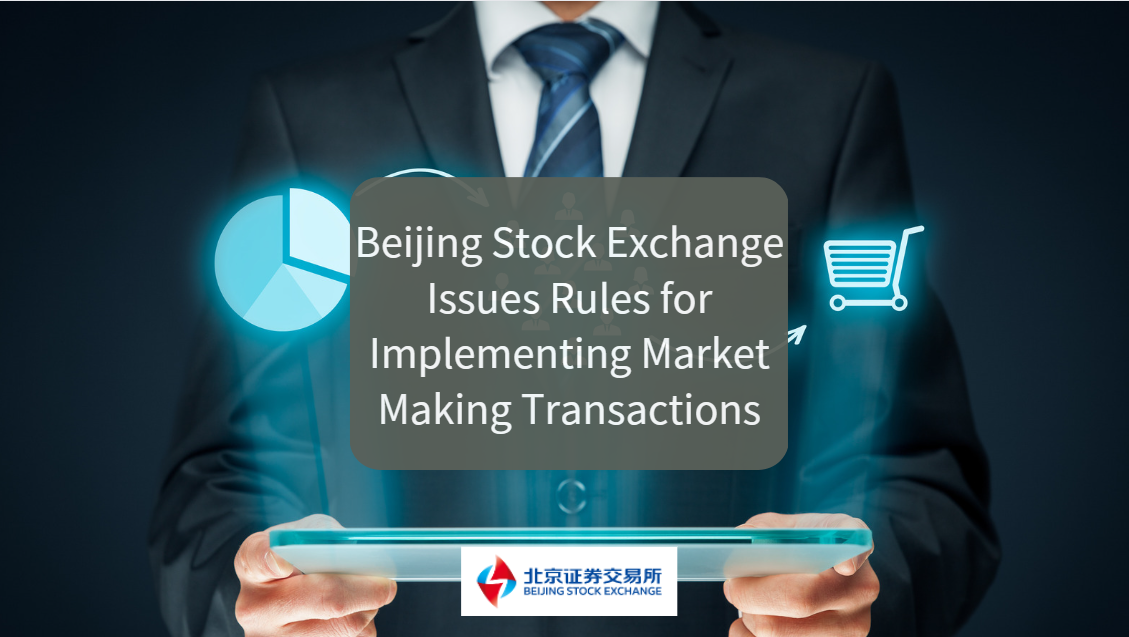
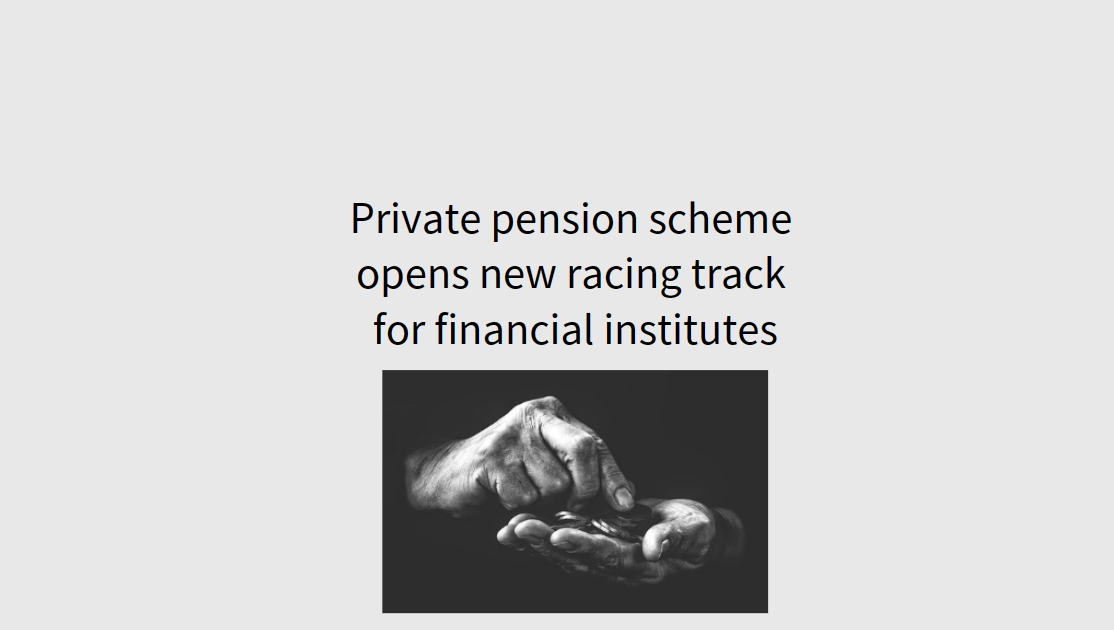


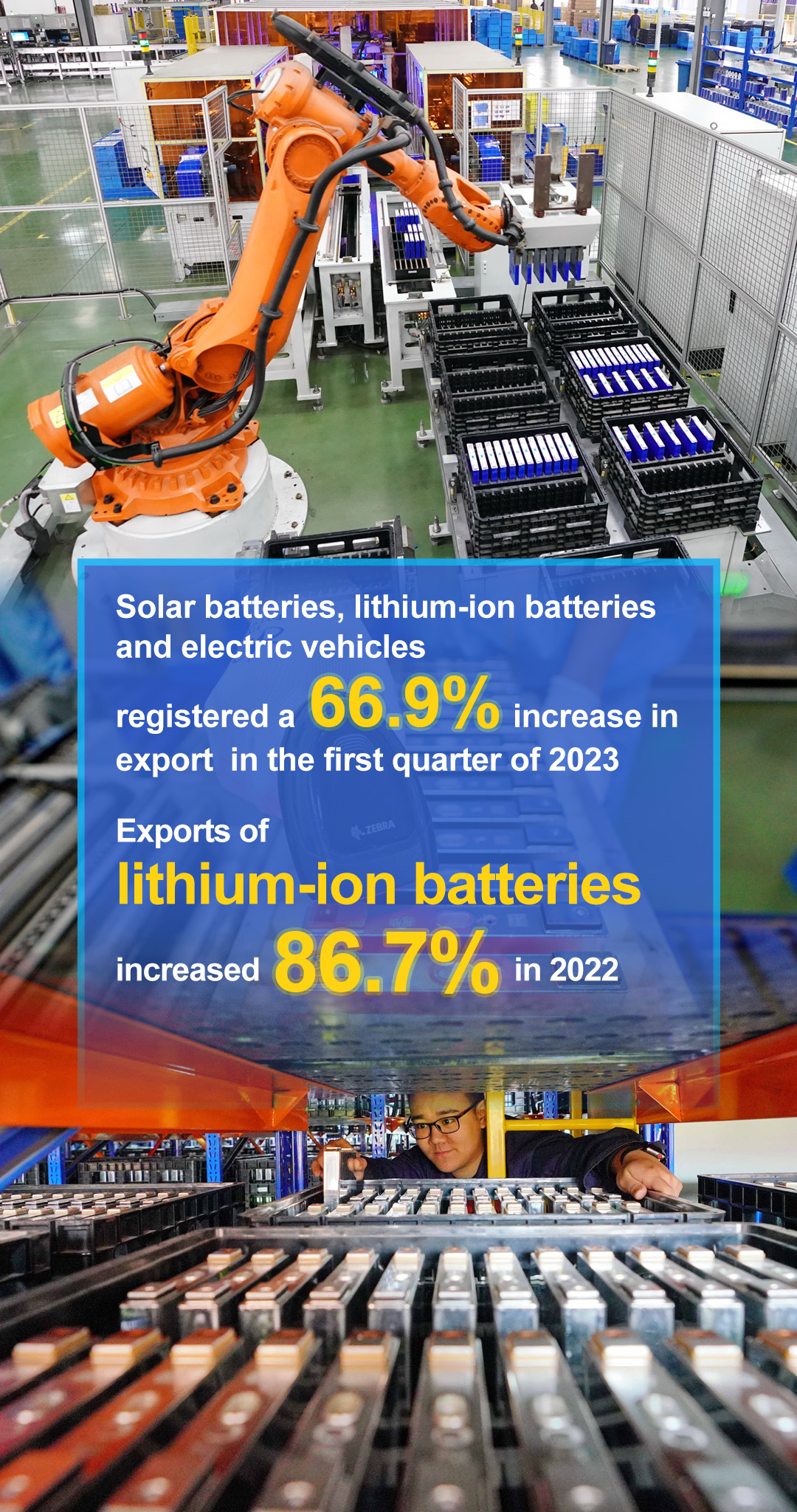
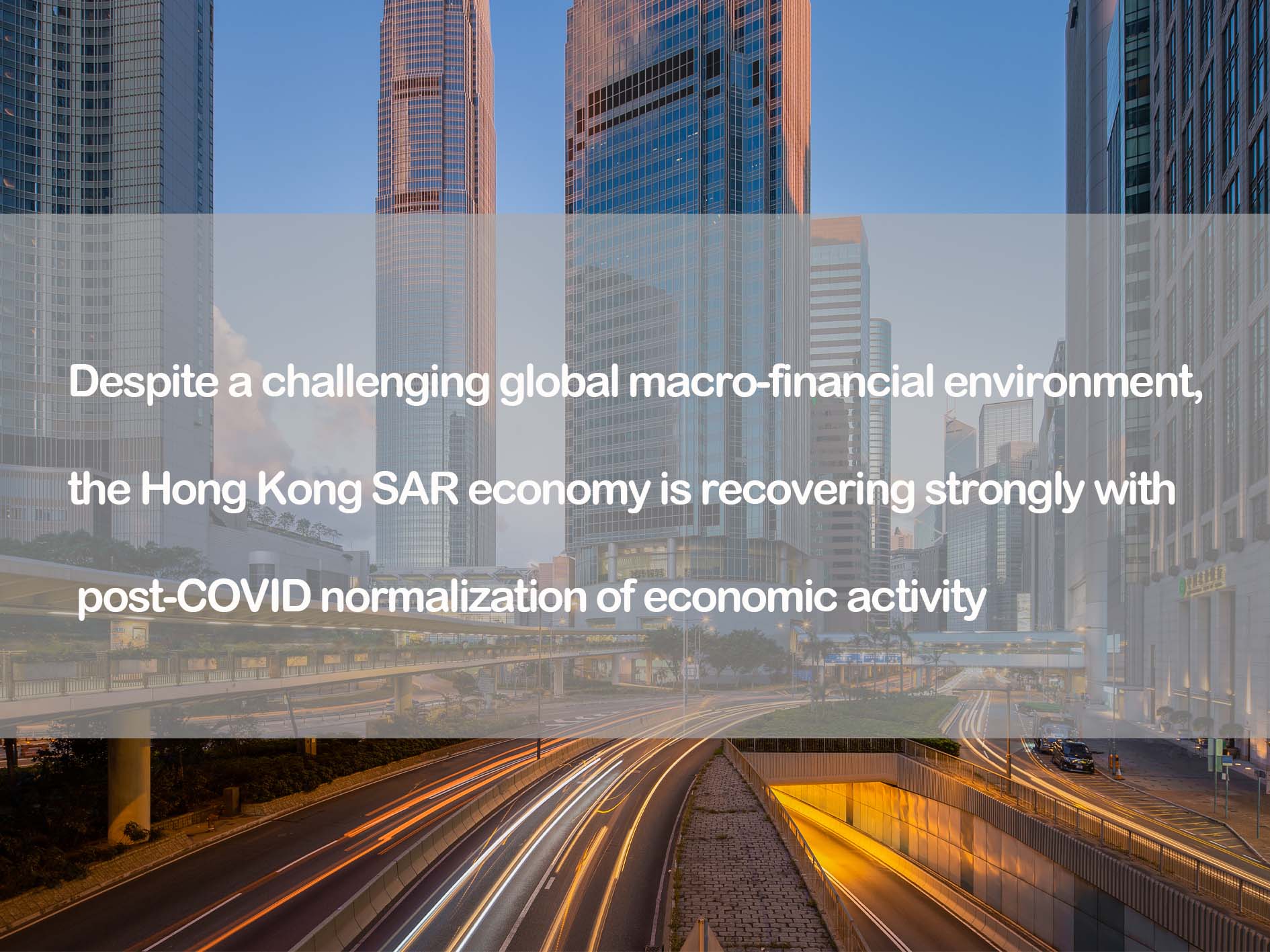

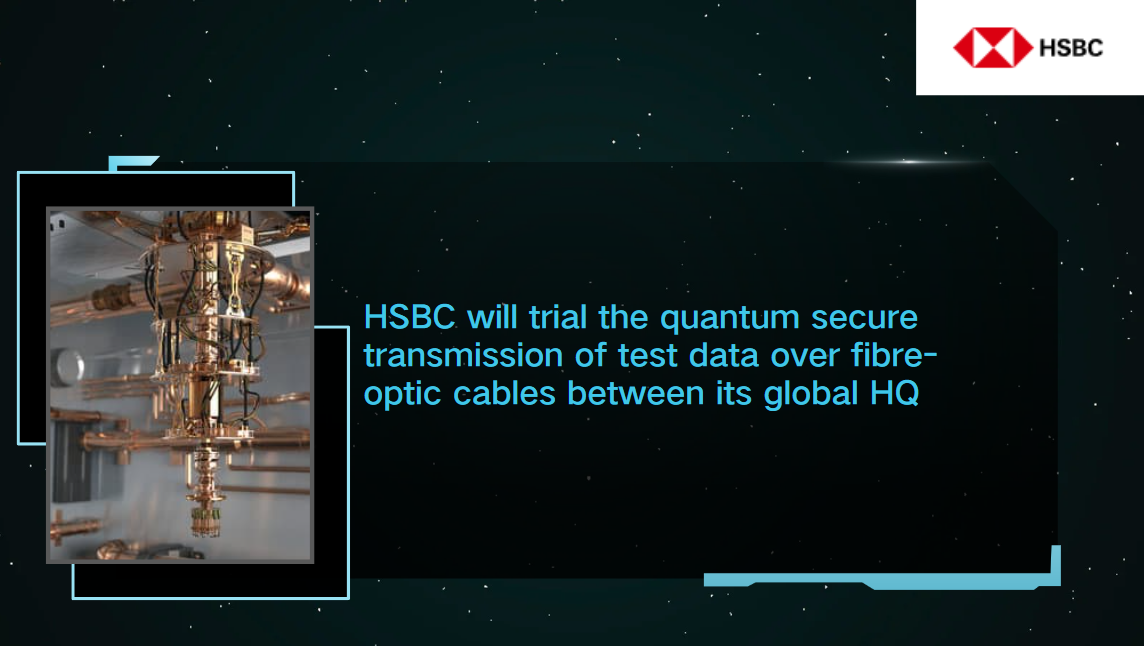
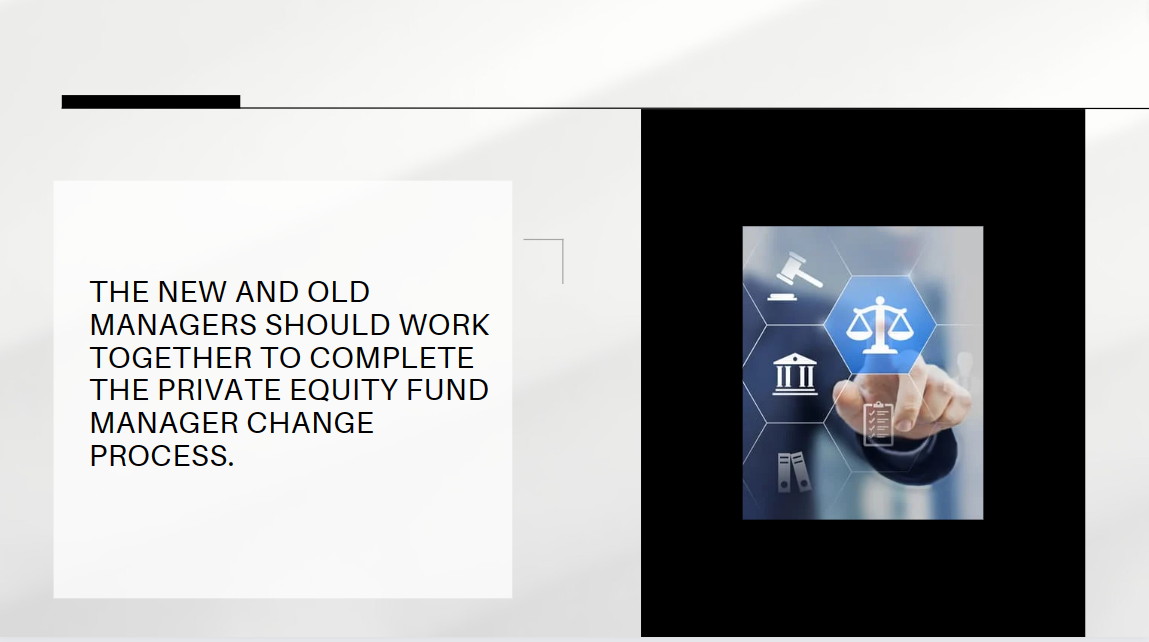

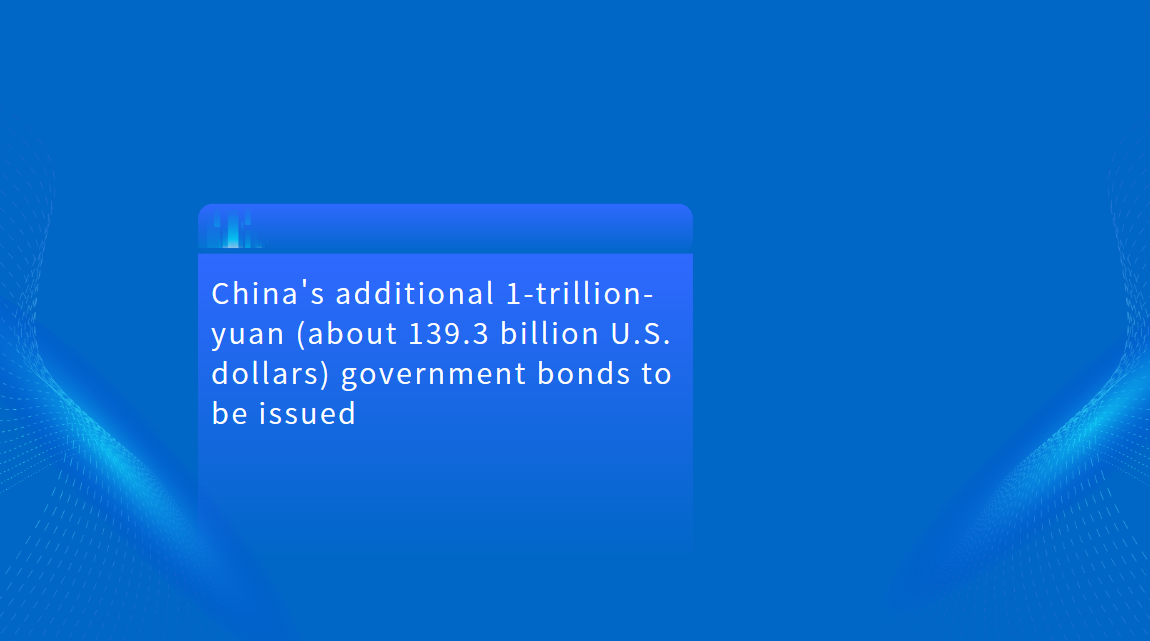

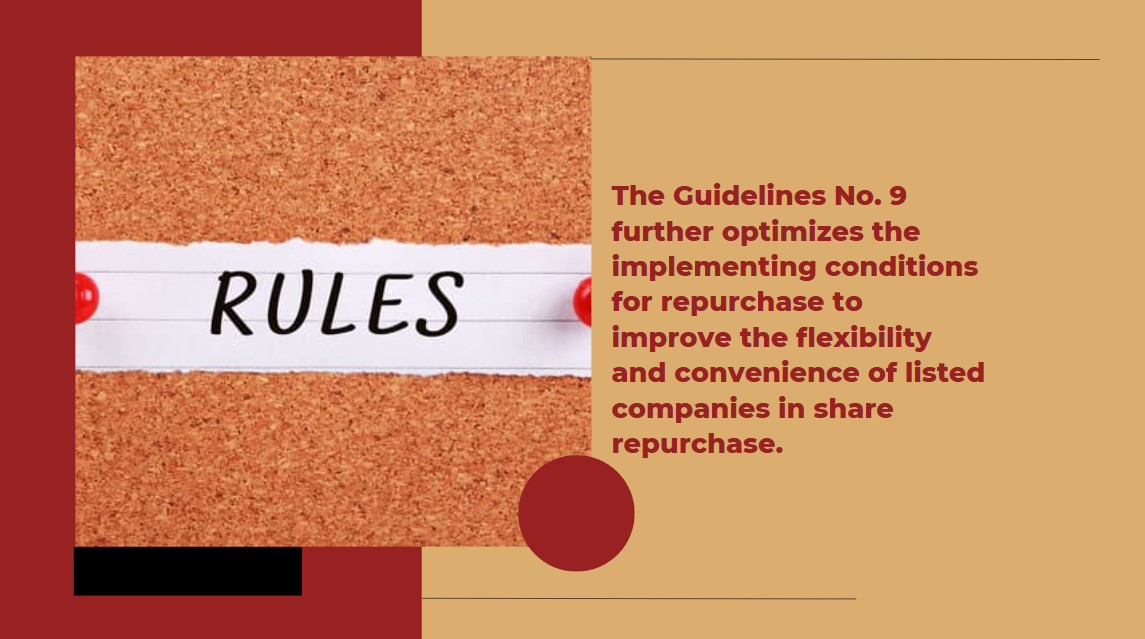
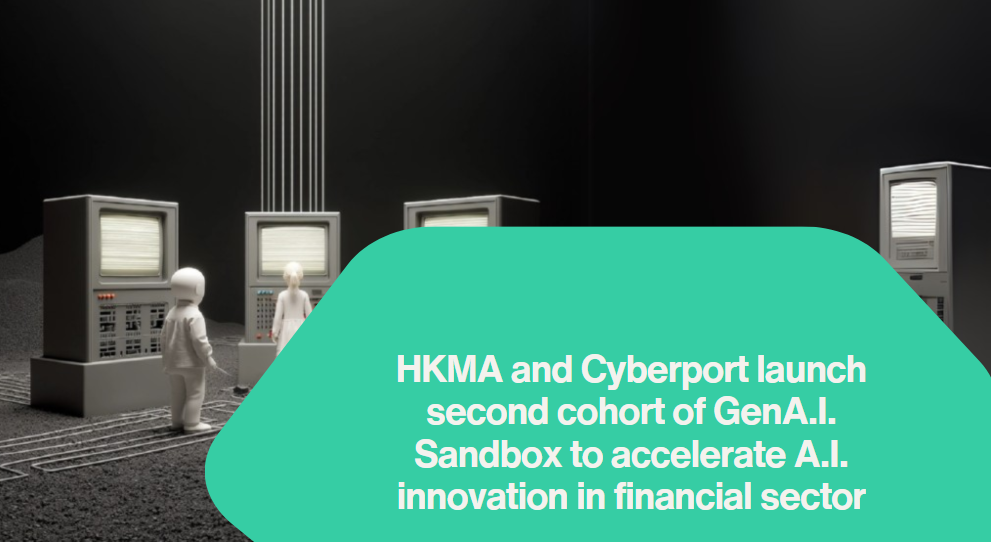

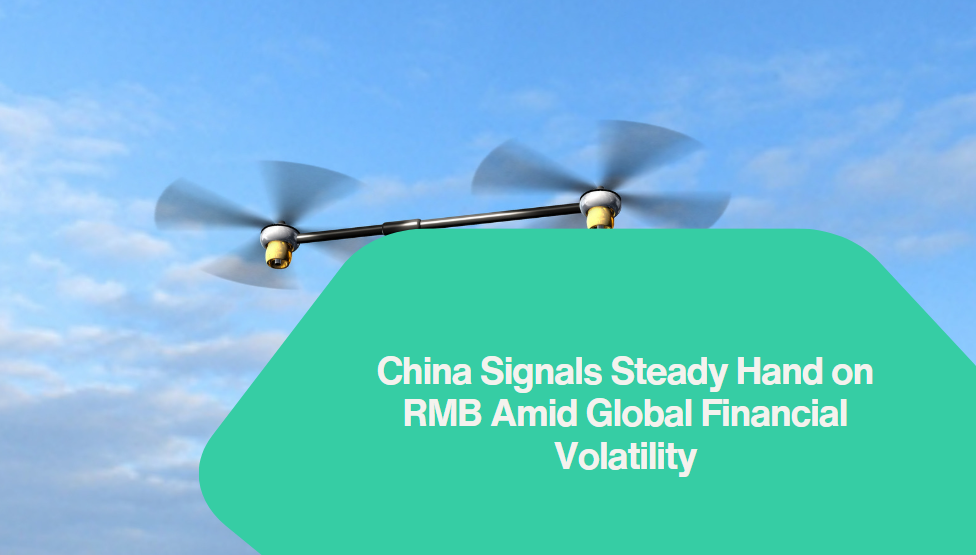
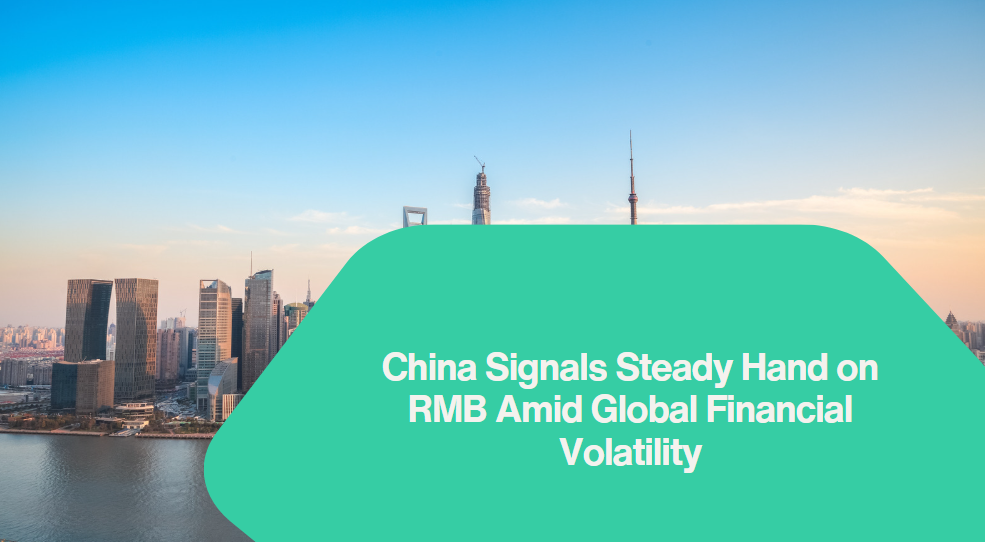














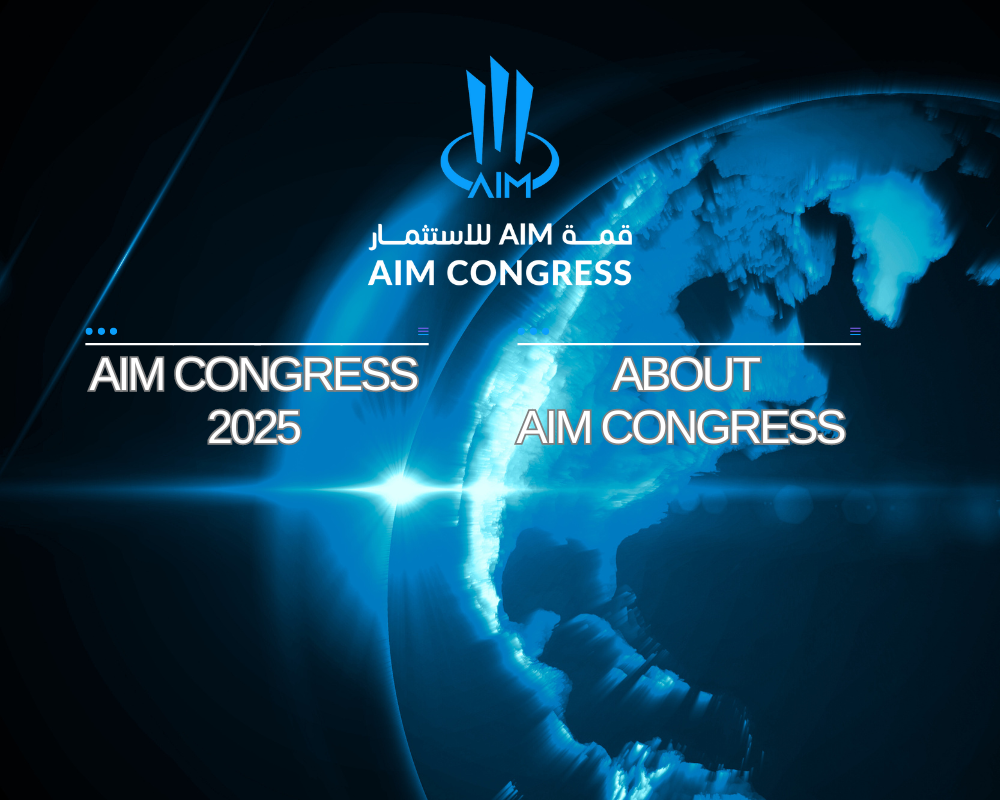











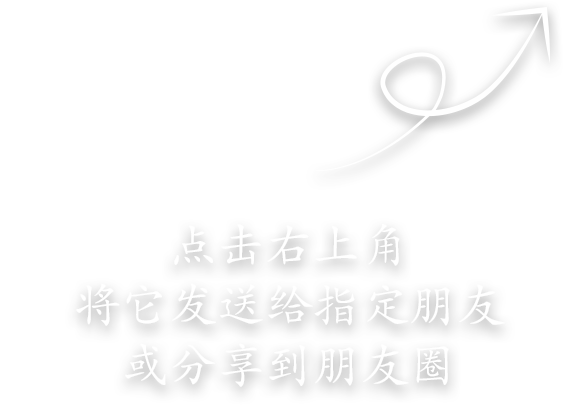
First, please LoginComment After ~